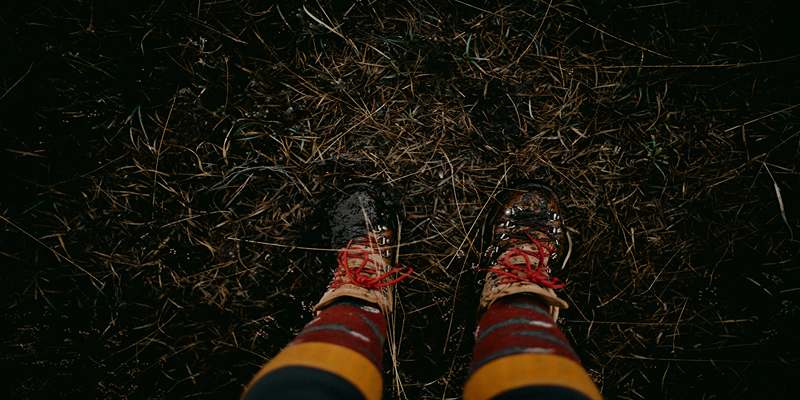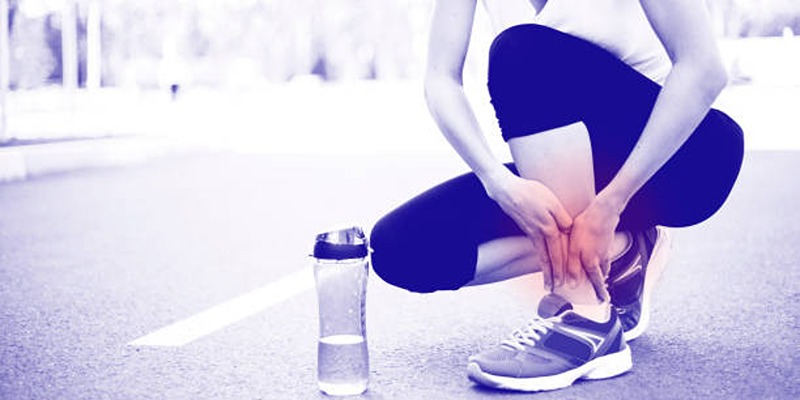Common Causes and Risk Factors of Salmonella
Advertisement
Each year millions of people contract Salmonella which is a frequent bacterial infection that transmits through contaminated food consumption along with contaminated water supplies worldwide. Identifying Salmonella's sources along with the contributing elements enables proper disease control and prevention. This article presents information about Salmonella sources and demonstrate the impact of risk factors on infection susceptibility as well as provide methods to reduce these risks. You will conclude this reading with better insights about safeguarding your family members and yourself against this dangerous illness.
Common Causes of Salmonella

Salmonella infections can originate from various sources, many of which involve improper handling or consumption of contaminated items. Below, we break down some of the most common causes:
1.Contaminated Food
Salmonella bacteria often spread through food that has been exposed to fecal contamination during production, processing, or preparation. Foods such as processed meat, seafood, or even spices can harbor Salmonella if hygiene practices are not followed. Consuming such contaminated products can result in infection, especially when they are not adequately cooked or stored at inappropriate temperatures.
2.Undercooked Poultry, Eggs, and Meat
Undercooked poultry, eggs, and meat are leading contributors to Salmonella infections. Poultry products like chicken and turkey, as well as raw eggs or foods containing them, can harbor bacteria if not thoroughly cooked. It's crucial to follow safe cooking practices to eliminate harmful pathogens, ensuring meat reaches the appropriate internal temperature for safety, as outlined in food safety guidelines.
3.Raw Milk and Dairy Products
Consuming raw or unpasteurized milk and dairy products is another common source of Salmonella infections. The pasteurization process kills harmful bacteria, but raw milk can directly transmit Salmonella from animals to humans. Cheeses or other dairy items made from raw milk pose similar risks, making it essential to choose pasteurized options whenever possible.
4.Contaminated Fruits and Vegetables
Fresh produce can become contaminated with Salmonella through exposure to polluted water, improper handling, or unhygienic farming practices. Leafy greens, melons, and sprouts are especially susceptible to contamination. Proper washing and handling of fruits and vegetables can significantly reduce the risk of infection while maintaining their nutritional benefits.
5.Contact with Infected Animals
Many animals, including pets such as reptiles, chickens, and amphibians, can carry Salmonella without showing symptoms. Direct or indirect contact with these animals or their environments can spread bacteria to humans. Washing hands thoroughly after handling animals or their surroundings is a key preventive measure to avoid potential infection.
6.Contaminated Water Sources
Salmonella can contaminate various water sources, including streams, lakes, and even municipal supplies if they are inadequately treated. Drinking or using such water for cooking without proper filtration or boiling increases the risk of infection. Awareness of water safety and sanitation practices is vital to prevent waterborne transmission of Salmonella.
Risk Factors
Certain groups of people face a higher risk of Salmonella infection due to various factors. Below are key risk factors outlined:
1.Young Children and Older Adults
Young children and older adults are particularly vulnerable to Salmonella due to weaker immune systems. Children's immune systems are still developing, making it harder for their bodies to fight off infections. Similarly, older adults often experience a decline in immune function, leaving them susceptible to severe symptoms. Ensuring proper hygiene, such as frequent handwashing and consuming thoroughly cooked food, is crucial to protect these age groups from the risks posed by Salmonella.
2.Individuals with Weakened Immune Systems
Those with weakened immune systems, such as individuals with chronic illnesses, undergoing chemotherapy, or living with HIV/AIDS, are at a greater risk of severe Salmonella infections. A compromised immune system hinders the body's ability to combat the bacteria effectively. It is vital for these individuals to follow safe food practices, avoid raw or undercooked foods, and maintain good hygiene to minimize their exposure to potential sources of contamination.
3.Traveling to Regions with Poor Sanitation
Travelers visiting regions with inadequate sanitation and hygiene standards may encounter higher exposure to Salmonella. Consuming unsafe food or water in these areas increases the risk of infection. To reduce this risk, travelers should avoid raw produce, drink only boiled or bottled water, and ensure meals are prepared in sanitary conditions. Being cautious and informed about local sanitation practices is key to preventing illness while traveling.
4.Handling Pets or Livestock
Direct contact with pets or livestock, particularly reptiles, amphibians, and poultry, is a common source of Salmonella transmission. These animals can carry the bacteria without exhibiting symptoms. Individuals who frequently interact with animals must wash their hands thoroughly after handling them or cleaning their habitats. Using protective gear and maintaining proper sanitation can significantly reduce the risks associated with handling pets or livestock.
Symptoms of Salmonella Infection
Recognizing the symptoms of Salmonella infection can help in seeking timely medical care. Common symptoms include diarrhea, fever, and abdominal cramps, which typically appear 6 hours to 6 days after exposure to the bacteria. Other symptoms may include nausea, vomiting, and headache. While most cases resolve within a week without treatment, severe cases may require medical intervention, especially if symptoms persist or worsen. It is essential to monitor for signs of dehydration or complications, particularly in young children, older adults, and individuals with weakened immune systems.
Prevention Strategies
Preventing Salmonella infections requires adopting key hygiene and food safety practices. The following strategies can help reduce the risk:
- Proper food handling: Store foods at the right temperatures, cook thoroughly, and use clean surfaces to avoid contamination.
- Regular handwashing: Wash hands with soap and water for 20 seconds before preparing food, after using the restroom, and after handling raw foods or unclean items.
- Avoid raw or undercooked foods: Skip raw eggs, undercooked meat, or unwashed produce, as they may carry harmful bacteria or parasites.
- Good hygiene around animals: Wash hands after touching animals, their food, or habitats to prevent spreading germs.
- Use safe water sources: Ensure drinking water is clean by using bottled or boiled water when necessary.
- Be cautious while traveling: Take precautions to avoid unsafe food and water sources while traveling, especially in areas with inadequate sanitation.
- Educate yourself: Stay informed about food safety guidelines and potential sources of Salmonella to make better decisions about what you eat.
Conclusion
By following these preventative measures, the risk of Salmonella infections can be significantly reduced, safeguarding both individual and public health. Practicing proper food handling, maintaining good hygiene, and remaining vigilant, especially while traveling, are simple but effective ways to prevent contamination. Awareness and proactive steps are key to staying healthy and minimizing exposure to harmful bacteria. Together, these efforts contribute to a safer food environment and healthier communities, ensuring that foodborne illnesses like Salmonella are less likely to disrupt our daily lives.
On this page
Common Causes of Salmonella 1.Contaminated Food 2.Undercooked Poultry, Eggs, and Meat 3.Raw Milk and Dairy Products 4.Contaminated Fruits and Vegetables 5.Contact with Infected Animals 6.Contaminated Water Sources Risk Factors 1.Young Children and Older Adults 2.Individuals with Weakened Immune Systems 3.Traveling to Regions with Poor Sanitation 4.Handling Pets or Livestock Symptoms of Salmonella Infection Prevention Strategies ConclusionAdvertisement













